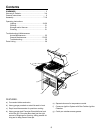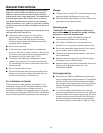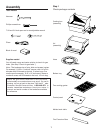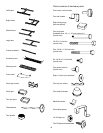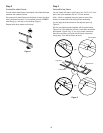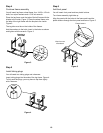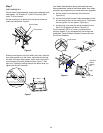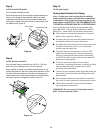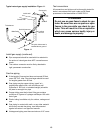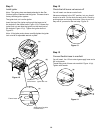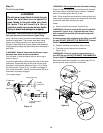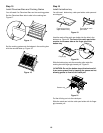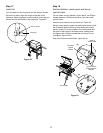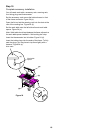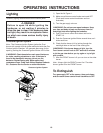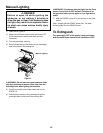Special offers from our partners!

Find Replacement BBQ Parts for 20,308 Models. Repair your BBQ today.

Buy Weber Grill Parts. It couldn't be easier. Find your Weber parts here.
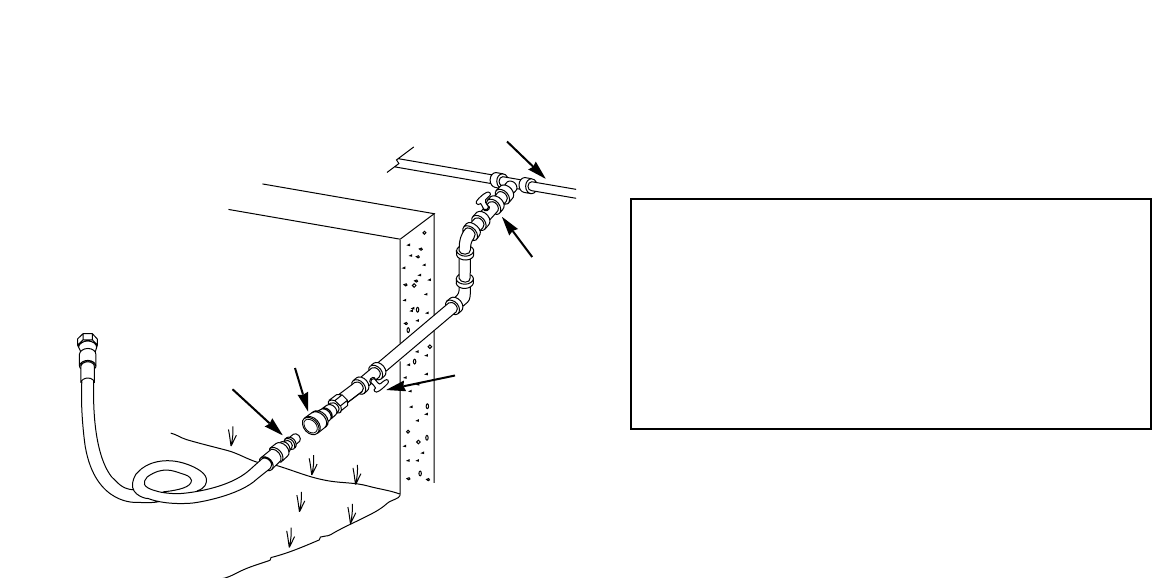
13
Typical natural gas supply installation. Figure 11.
Test connections
All connections and joints must be thoroughly tested for
leaks in accordance with local codes and all listed
procedures in the latest edition of ANSI Z223.1.
ƽ DANGER
Do not use an open flame to check for gas
leaks. Be sure there are no sparks or open
flames in the area while you check for gas
leaks. This will result in a fire or explosion
which can cause serious bodily injury or
death, and damage to property.
Figure 11
The quick disconnect is
installed above ground
Gas supply
Inside wall
Outside wall
Quick disconnect
Male fitting
To barbecue
Shut off
Locking
shut off
Install gas supply (continued)
■ Pipe compound should be used which is resistant to
the action of natural gas when NPT connections are
made.
■ The outdoor connector must be firmly attached to
rigid, permanent construction.
Gas line piping
■ If the length of line required does not exceed 50 feet,
use a 5/8" O.D. tube. One size larger should be used
for lengths greater than 50 feet.
■ Gas piping may be copper tubing, type K or L;
polyethylene plastic tube, with a minimum wall
thickness of .062 inch; or standard weight (schedule
40) steel or wrought iron pipe.
■ Copper tubing must be tin-lined if the gas contains
more than 0.3 grams of hydrogen sulfide per 100 cubic
feet of gas.
■ Plastic tubing is suitable only for outdoor, underground
use.
■ Gas piping in contact with earth, or any other material
which may corrode the piping, must be protected
against corrosion in an approved manner.
■ Underground piping must have a minimum of 18" cover.



